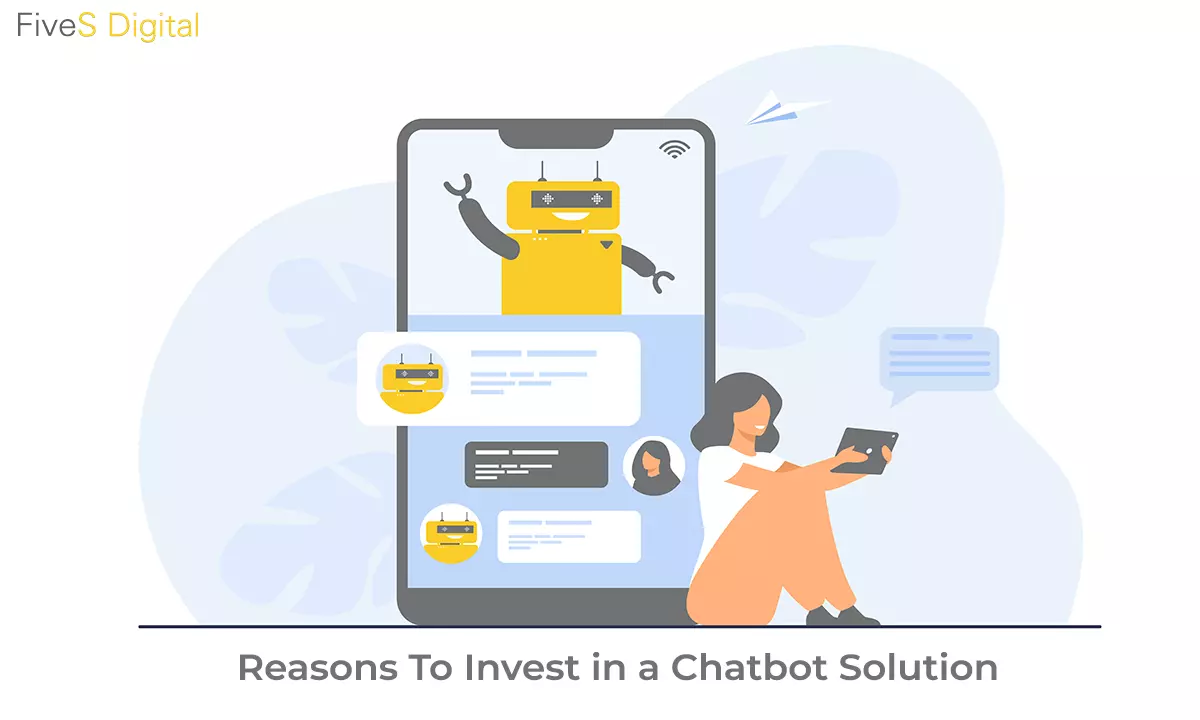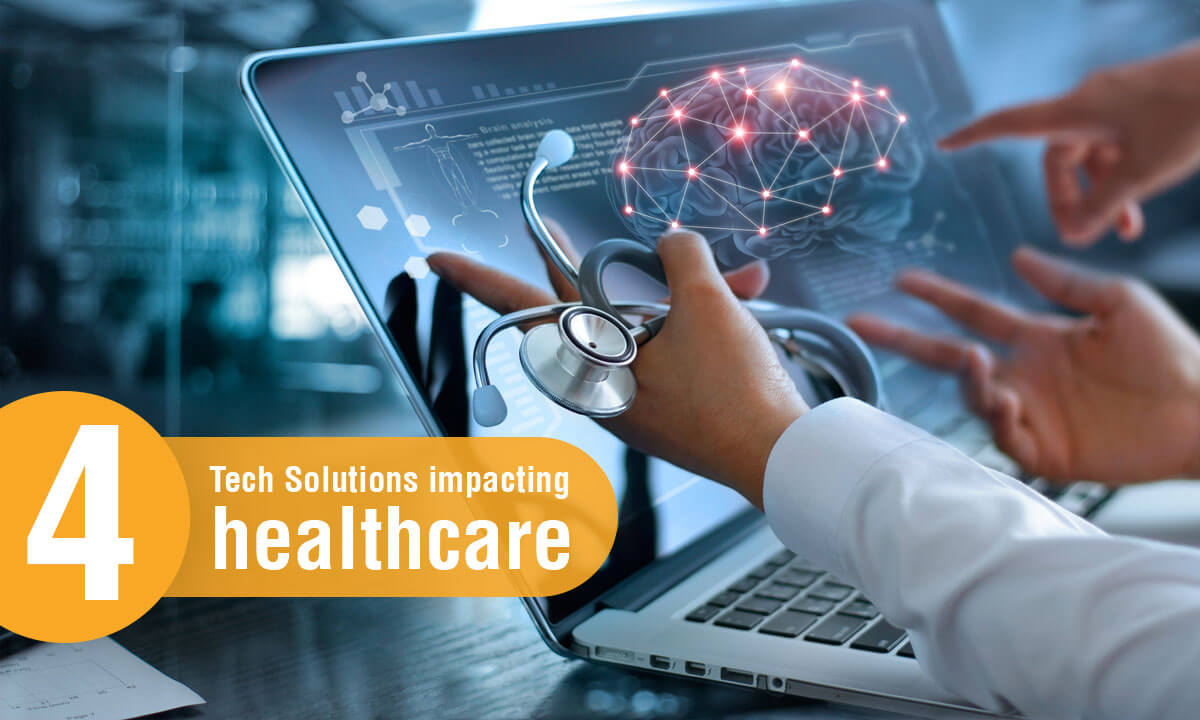
Reasons to Invest in a Chatbot Solution
Hi! What can I do for you today? Sounds familiar, right? That's how Alexa, Siri, and Google Assistant greet you every day when you need assistance dialing a number, sending a text, or playi..

We live in a digital world, where learning and using various digital tools is essential. Being more productive and managing your time is easier with the right technology.
A study found that 85% of physicians surveyed believe digital health solutions benefit patient care. It appears that doctors are aware of these tools' potential. Apps for smartphones and tablets, remote monitoring devices, and cloud computing have transformed modern medicine.
Tools and applications
Medical applications are designed for doctors and help them find the best answers to their clinical questions. Physicians are subject to greater stress levels due to their responsibility in caring for patients and saving lives. There are very few apps that can help physicians cope with stressful clinical situations in their day.
Some apps can help with anxiety by allowing you to do breathing exercises. Many meditation options are available, including guided and unguided walks and guided or unguided sessions. These apps were created for doctors to ease stress and improve mental stability.
Below are four tech solutions that physicians can use to elevate their practice:
1. Voice-assistant technology
In research studies, 23% of physicians use voice assistants such as Siri and Alexa at work and home. However, that does not mean doctors will be replaced with a speaker system. NLP algorithms and advanced AI are available to doctors. Medical history is recorded using the voice of a physician. Using a hands-free capability, medical professionals can communicate without interrupting ongoing sterilizations or removing their gloves.
2. Telemedicine
Physicians can now deliver quality services to patients remotely, thanks to technology. Using telemedicine apps, physicians can better communicate with their patients through instant messaging or teleconferencing to facilitate their practice. Medical issues can be diagnosed and treated through telemedicine apps. While performing healthcare-related tasks, physicians must be aware of risks. Patient data is at risk with mobile solutions.
Reports say that 61% of physicians expect to use telehealth to assess their patients' history and provide efficient care. This allows them to answer questions and review tests from a distance. Both provider and patient benefit from it. Medical practices and patients are set to benefit from telemedicine.
The same level of care can also be provided by doctors through affordable, efficient, and specialized care. If they can communicate via smartphone or computer, patients do not have to visit their physicians.
3. Electronic Health Records
The EHR converts disparate clinical data into actionable information. It helps reduce medical errors and promotes integrated healthcare. Approximately 96% of hospitals and 78% of doctors use certified EHRs. A digital recordkeeping system. This system gathers and organizes patients' health information. Digital records allow information to be shared securely.
Digitally formatted data lets any system update a reminder, update statistics, or issue alerts based on the data. For example, an electronic prescription can be created by the EHR system. The EHR system updates the doctor and alerts him to send it to other departments. It improves privacy and security for patient data and allows for a more reliable and safe care process.
EHR helps physicians keep up with the ever-increasing speed of data. EHRs reduce the time required to enter data, make it easier to reuse data for analysis, and save time. EHRs also provide a richer data set available globally at any time. Physicians can now provide the best care for their patients with fewer clicks. It allows physicians to be more informed about the patient's health and can quickly analyze it with the help of the lab.
4. Mobilization
Mobile apps, also known as mobile software, are crucial to improving accessibility for patients and healthcare professionals. People can manage their health and well-being online via mobile apps. They can access their test results and general information 24/7, without making an appointment with their doctor or waiting for days.
On the other hand, healthcare professionals are not always in one place. Accessing the intranet via a mobile device or shared tablet allows healthcare professionals to quickly access information related to diseases and drugs, images to support continuing education activities, and other resources to help them in their day-to-day work.
Conclusion:
Let's conclude that technology has made great strides in digital health tools and time-saving technologies. These apps offer many benefits that you cannot get if you wait for the next update or new version. You can make small steps towards technology as a physician and see big benefits in your practice.